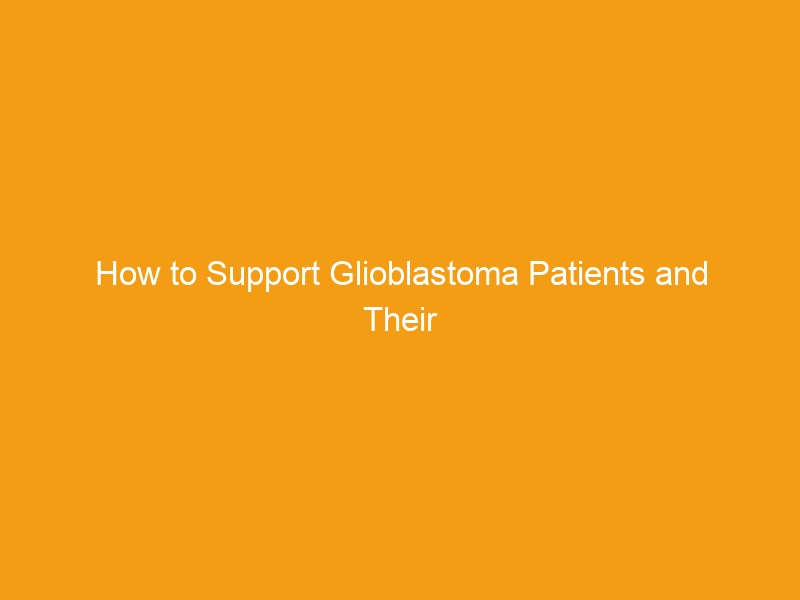Glioblastoma is an incurable brain cancer. Patients often require expensive travel to receive specialized treatments. This creates a financial burden on families and caregivers.
Families need access to comprehensive information and support services. This includes education, resources, and a network of peers to navigate complex medical and social needs.
Support Groups
Many groups offer practical advice to help members navigate the challenges of a serious illness. They also provide a safe place for members to express their feelings and receive emotional support. These resources can assist patients and caregivers in finding ways to cope better with symptoms and emotions and lessen the pain of dying.
Finding a group that fits your schedule and meets your needs is essential when looking for a support network. It is also important to attend meetings regularly, especially if you are new to the group. Participating in the discussion helps other members get to know you and increases your comfort level when sharing your story. Setting ground rules at the beginning of the meeting is also a good idea. For example, many groups require participants to keep discussions in the forum confidential, and it is important to remind members of this rule regularly.
Research
Glioblastoma is an aggressive and terminal brain cancer that eventually leads to death. It’s not something anyone wants to think about, but it’s a reality that patients and their loved ones must face. Although the prognosis for this disease is grim, there are ways to make it less painful for those involved.
One way to help patients and their families cope with this difficult time is through research. There are many different types of brain tumors, so it’s important to find a researcher specializing in your particular type. This will ensure that you’re getting the best care possible.
Home health services and Glioblastoma Foundation can also greatly help patients and their families. This can help with things like transportation and meals. These services can help with the financial burden often associated with brain tumors. This is especially true for those who must pay for medication, which can be expensive.
Education
The diagnosis of glioblastoma can be overwhelming for patients and their families. Treatment can be costly, and many patients are forced to take time off from work, adding stress and financial strain.
Glioblastoma is a type of tumor that grows rapidly in the supportive tissues of the brain and spinal cord. Although it is more common in older adults, it can also develop in children. It is the most common and lethal primary brain cancer in adults. Glioblastoma can spread quickly and destroy surrounding tissue. Its prognosis remains poor, even with standard surgery, radiation therapy, and chemotherapy treatment.
Patients should ask their doctor about participating in a clinical trial, which allows them to try new therapies and improve outcomes. They should also learn about palliative care, which focuses on relieving pain and symptoms, and may include medications like steroids or oral chemotherapy (like Temodar). While no one wants to think about death, glioblastoma patients must accept that the disease eventually leads to their eventual passing.
Advocacy
Glioblastoma doesn’t discriminate, striking men and women of every race, age, and social status. That’s why raising awareness and taking action for this deadly cancer is important.
They became determined to help researchers find better treatments. Their dogged research led them to a global consortium called Gliogene to identify genes associated with familial glioma. The Glioblastoma Foundation professionals recently discovered one gene, POT1, linked to a family’s risk of developing this type of brain tumor.
Glioblastoma is an aggressive and treatment-resistant brain tumor that grows and spreads quickly, making it hard to remove with surgery. The current standard of care involves maximal surgical resection, chemotherapy, and radiation. Despite the disease’s viciousness and lack of a cure, scientists are making progress in improving survival through clinical trials and basic science research. Those who volunteer for such studies can access treatment unavailable elsewhere and become part of the story of finding a cure.

